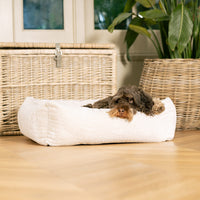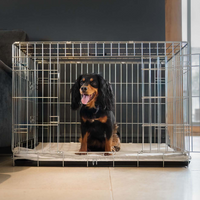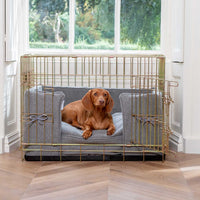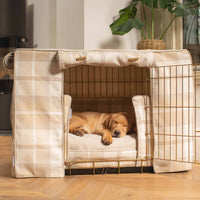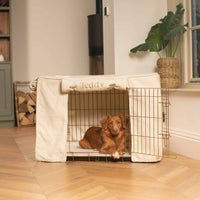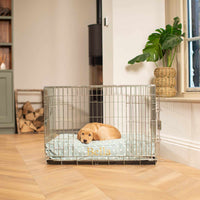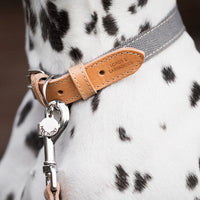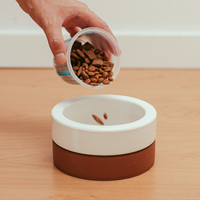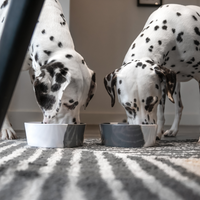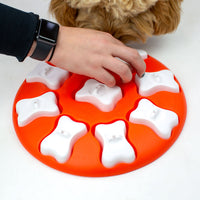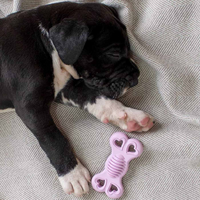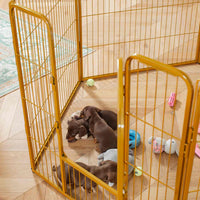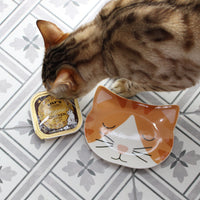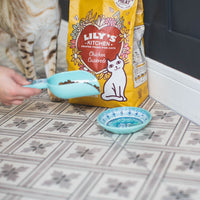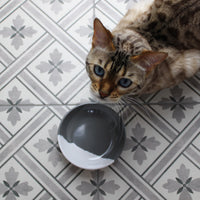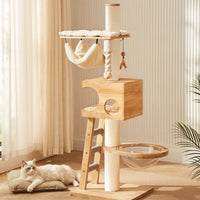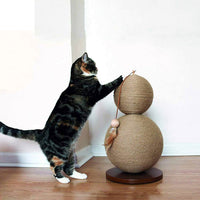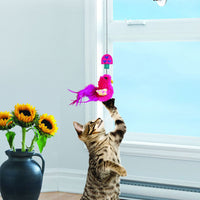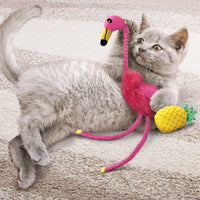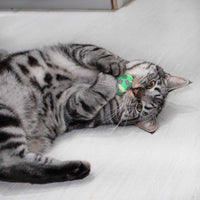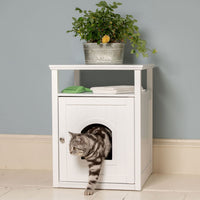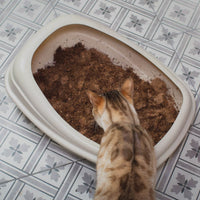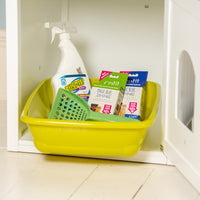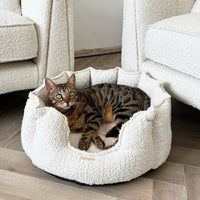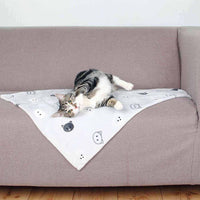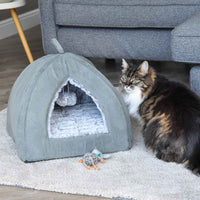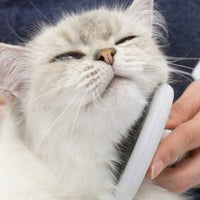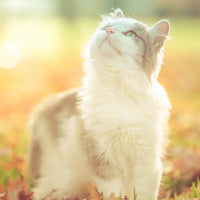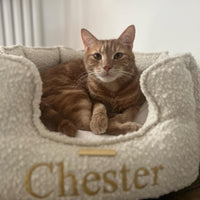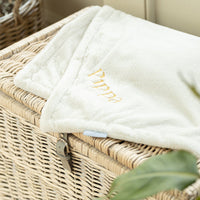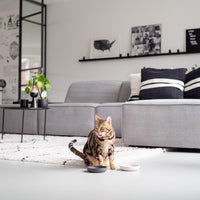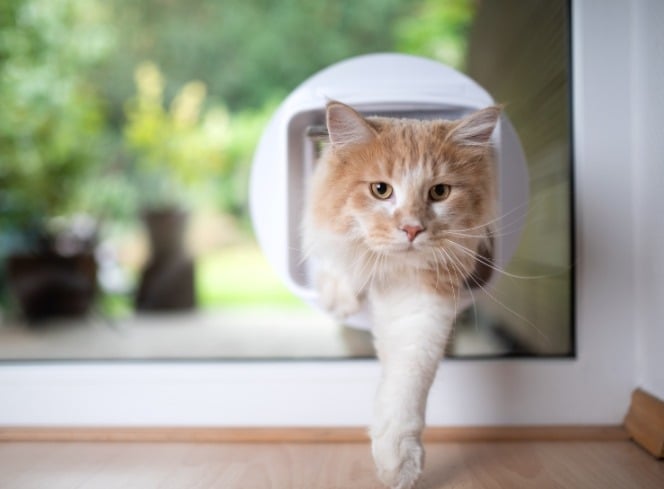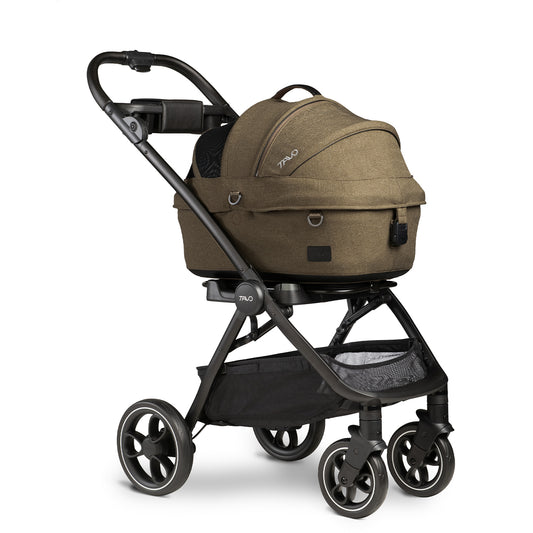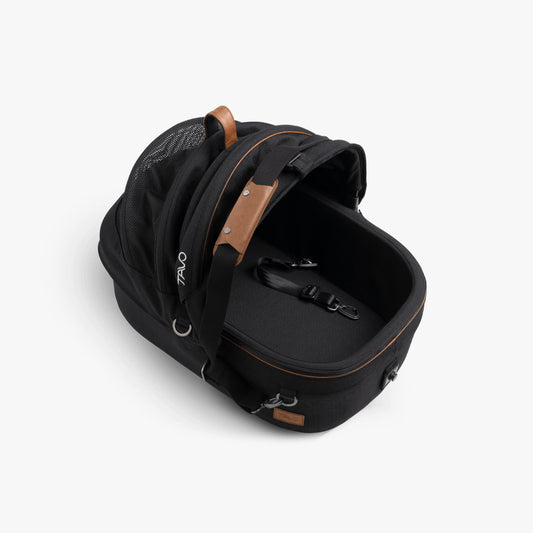Introducing a cat flap to your feline friend can be a game-changer, offering them the freedom to explore the great outdoors (or just your garden) at their leisure. However, some cats may be hesitant at first, requiring a little encouragement and training. In this guide, we’ll take you through the best methods to train your cat to use a cat flap with ease.
Why Should You Train Your Cat to Use a Cat Flap?

A cat flap provides several benefits for both you and your cat:
- Independence: Your cat can come and go as they please without relying on you to open the door.
- Exercise: Encourages your cat to explore and stay active.
- Reduced Stress: Allows your cat to retreat to their safe space indoors whenever they want.
Now, let's dive into how to get a cat to use a cat flap effectively.
Step-by-Step Guide to Cat Flap Training

- Choose the Right Cat Flap - Before starting the training process, ensure you have the right cat flap. Consider factors such as size, placement, and whether you prefer a manual or microchip-activated flap. A well-fitted flap that suits your cat’s size and needs will make training much smoother.
-
Get Your Cat Familiar with the Cat Flap - Start by leaving the cat flap open so your cat can investigate it at their own pace. Cats are naturally curious creatures, so allowing them to sniff and inspect the flap without pressure helps build confidence.
Top Tip: Use their favourite treats or toys to create a positive association with the flap. -
Encourage Exploration with Rewards - Once your cat seems comfortable around the flap, encourage them to move through it by placing treats on the other side. Stand on the opposite side and call their name in a friendly tone to entice them through.
Pro Tip: Try using high-value treats like chicken or their favourite snack to motivate them. - Gradual Introductions - If your cat is hesitant, start by gently pushing the flap open for them. Encourage them to step through by rewarding every small progress. Be patient and consistent—some cats may take a few days to get used to it.
- Practice Both Directions - It’s essential to teach your cat to use the cat flap both ways. Some cats find entering easier than exiting, or vice versa. Repeat the reward-based method to reinforce both directions.
- Use Scent Familiarisation - Cats rely heavily on scent for comfort. Try rubbing a cloth on your cat’s face and then on the flap to transfer their scent. This helps your cat feel more comfortable using it.
- Gradually Reduce Assistance - Once your cat starts using the flap with encouragement, begin reducing your involvement. Let them explore it independently while keeping a watchful eye to ensure they’re adapting.
- Consider Timing and Environment - Training works best when your cat is calm and receptive. Avoid training during stressful times, such as meal times or when loud noises are present.
Troubleshooting Common Issues

Even with patience, some cats might still be reluctant. Here’s how to tackle common cat flap training challenges:
- Fear of the Flap: Some cats may be startled by the flap’s movement. Hold it open initially and gradually lower it to build confidence.
- Noise Sensitivity: If the flap makes noise, try adding felt padding to soften the sound.
- Avoiding the Flap: Place their food bowl near the flap (without blocking access) to create positive associations.
Reinforce Good Behaviour
Cats respond well to positive reinforcement, so always reward them when they successfully use the flap. A few tasty cat treats or extra playtime can go a long way in reinforcing good behaviour.
When to Seek Help

If your cat consistently refuses to use the cat flap despite following all the training steps, consider seeking advice from a vet or feline behaviourist. There may be underlying fears or health issues affecting their willingness.
Final Thoughts
Training your cat to use a cat flap requires patience, consistency, and lots of encouragement. By taking gradual steps and using rewards wisely, you’ll soon have a confident feline who enjoys their newfound freedom.
For more tips on training your cat, check out our blog on training your cat to learn new tricks.
Explore Our Cat Essentials
At Lords & Labradors, we offer a wide range of cat products to make your pet’s life comfortable and enjoyable. From cat trees and scratching posts to premium cat food and cosy beds, we have everything your feline friend needs. Shop our collection today and create the perfect environment for your cat!
By following these steps and staying patient, you’ll help your cat embrace their independence in no time!


